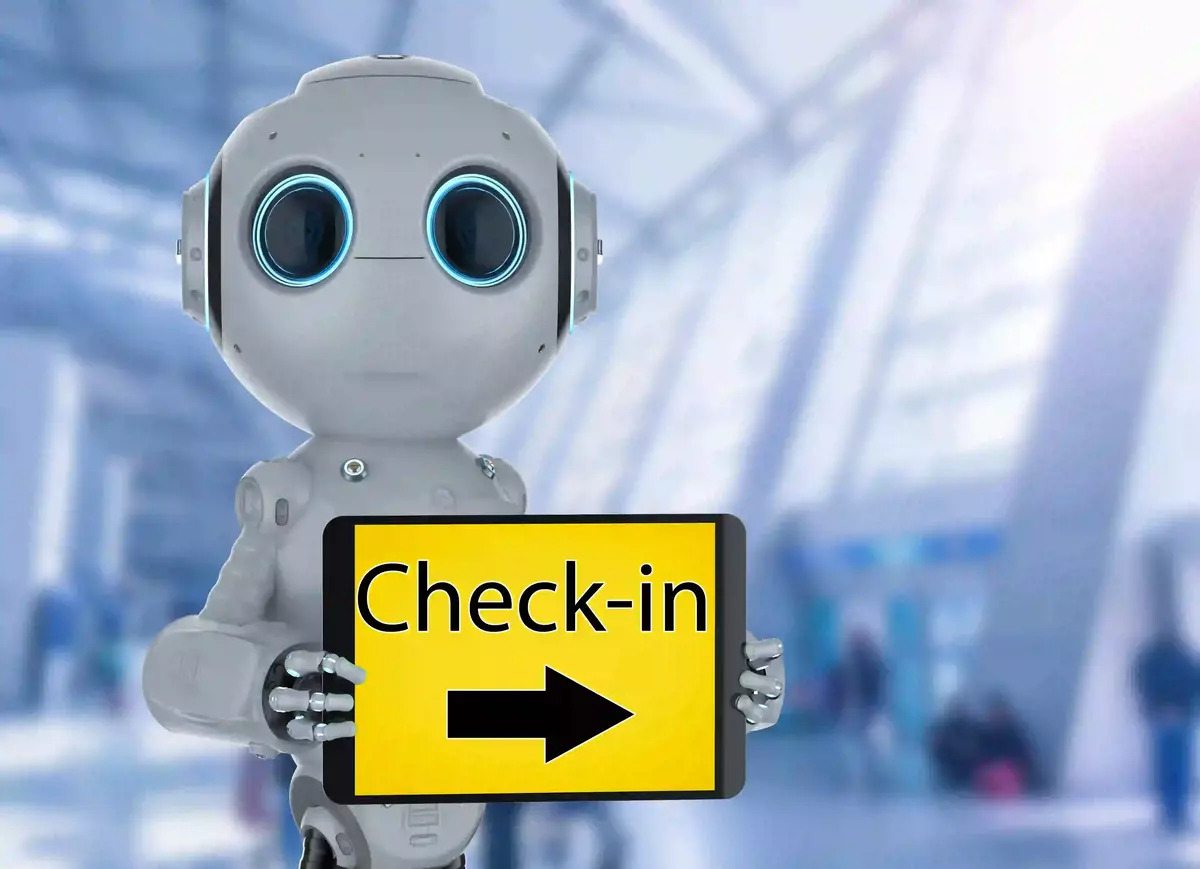When we talk of a robot, an artificial, programmed device with a quirky voice conjures up.

Robots, however, have evolved a lot from mimicking human behaviour to taking on strategic roles. From humanoid robots to Cobots (or collaborative robots), it has been a compelling journey of the evolution of robots. Owing to their enhanced capabilities, the use cases of robots are ever-expanding. In this piece, I will limit their application to airports. A recent survey by Air Transport IT Insights found that almost half of the global airlines and 32 per cent of airports are eyeing partners to ramp up applications of robots in the next three years. On how the bots are scaling up automation and redefining user experience (UX) at the airports.
Battered by the Covid-19 pandemic and still battling emerging variants of the deadly virus, air travel needs to be safe and as contactless in processes as possible. Waking up to these concerns, APHL Food & Shops has introduced a 26-inch robot Gita at the Philadelphia International Airport. Twenty-six inches tall and capable of carrying a load of up to 18 kgs, Gita has the mandate to deliver food orders to passengers while they wait in lounges for their flights.
Other airports, too, have installed robots. They can sanitize and mop up the premises. Robots also act as language translators and interpreters for the benefit of passengers. They can even take on the role of validation with scrutiny of passports and scanning of passengers to detect any hazardous object.
Robots propped up by Artificial Intelligence (AI) and other emerging technologies promise to make our flight experience seamless and contactless.
Vero Solutions, a UK-based inventory management company, forecasts that by 2030, robots will replace check-in processes. In the next normal of possibilities, don’t be stunned if an anthropomorphic robot greets you and screens you before you board your flight.
















































We will verify and publish your comment soon.